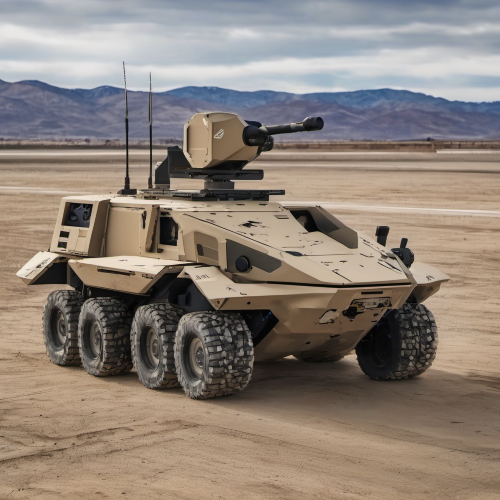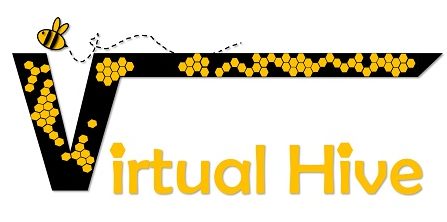
Unmanned Ground Vehicles (UGVs) are becoming more strategic in modern defence operations, providing enhanced situational awareness, reconnaissance, and remote operations capabilities without the need to put human life at risk.
One of the critical aspects shaping the effectiveness of UGV design lies in its remote control operations that relies on secure ultra-low latency video streaming and control mechanisms.
What are the important criteria’s for success in the design and operation of UGVs?
Reliability, Low latency control, and Security Perspectives
**1. Reliability:
Reliability is paramount in defence situations, where UGVs often operate in challenging environments. The ability to maintain a consistent and reliable video stream over resilient wireless networks ensures that operators receive real-time information, facilitating informed decision-making.
**2. Delay:
Ultra-low latency is crucial to minimize delays between command execution and UGV response. In defence scenarios, split-second decisions can be a matter of life or death. Soliton Systems’ Zao SDK excels in providing a glass-to-glass latency of only 0.04s (40ms) over networks such as cellular 5G networks, RF Networks, mesh networks, and 65ms over 4G (LTE) networks, ensures an instantaneous control response with no lag.
**3. Security:
Security is non-negotiable in military operations. The Zao SDK employs encryption to secure video streams, safeguarding sensitive information from potential threats. This level of security is imperative in defence applications where data integrity is paramount.
Challenges in Remote Areas and Network Connectivity
**1. Diverse Network Connections:
UGVs operate in remote areas where network connectivity varies. Soliton Systems recognizes this challenge and ensures that the Zao SDK supports a range of network connections, including cellular, RF comms, and satellite. This adaptability enhances the UGV’s operational range and flexibility.
**2. Connection Bonding:
Bonding different network connections becomes critical for reliability and resilience. The Zao SDK’s capability to dynamically bond together various connections, and optimize in real time, ensures a robust and continuous stream, even in areas with fluctuating network conditions.
Customization for Varied Environments
**1. Hardware Compatibility:
Soliton Systems’ Zao SDK currently supports NVIDIA Jetson devices allowing installations on UGV hardware to appear seamless. This compatibility ensures easy integration with different UGV models, enhancing the versatility of the solution.
**2. Environment Customization:
The Zao SDK can be customized to suit the UGV’s environment, including camera types, communication methods, and return control signal types. This adaptability allows UGV operators to tailor the system to specific mission requirements.
Field Control Solution
Soliton Systems goes beyond providing an SDK; they offer a field control solution that doesn’t rely on a massive virtualized environment at a remote destination. This decentralized approach ensures that UGV operators have control capabilities in the field, enhancing autonomy and reducing dependency on centralized infrastructure.
The secure ultra-low latency video streaming and control mechanisms provided by Soliton Systems’ Zao SDK play a pivotal role in optimizing UGV performance. The combination of reliability, minimal delay, and enhanced security, especially in challenging defence situations, positions the Zao SDK as a cutting-edge solution for modern military applications.



